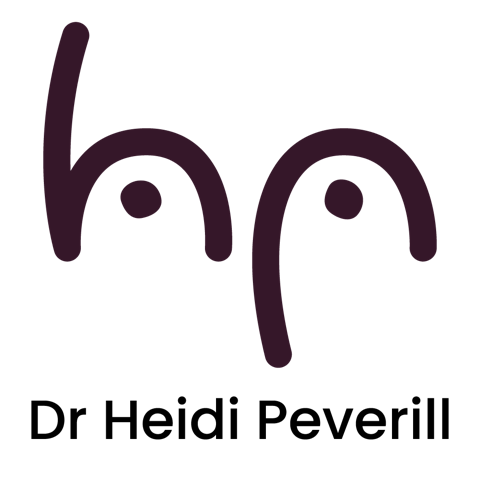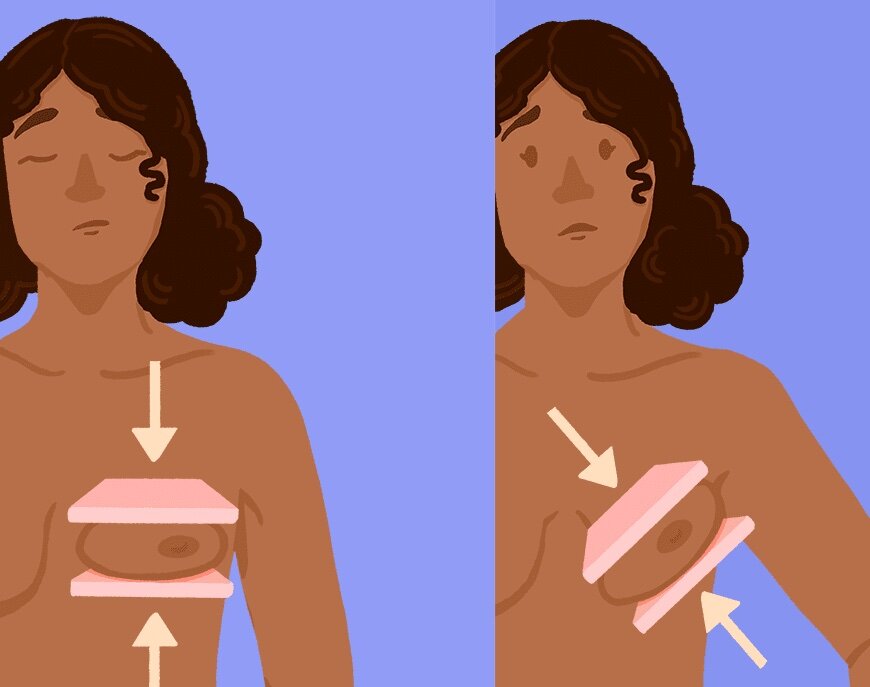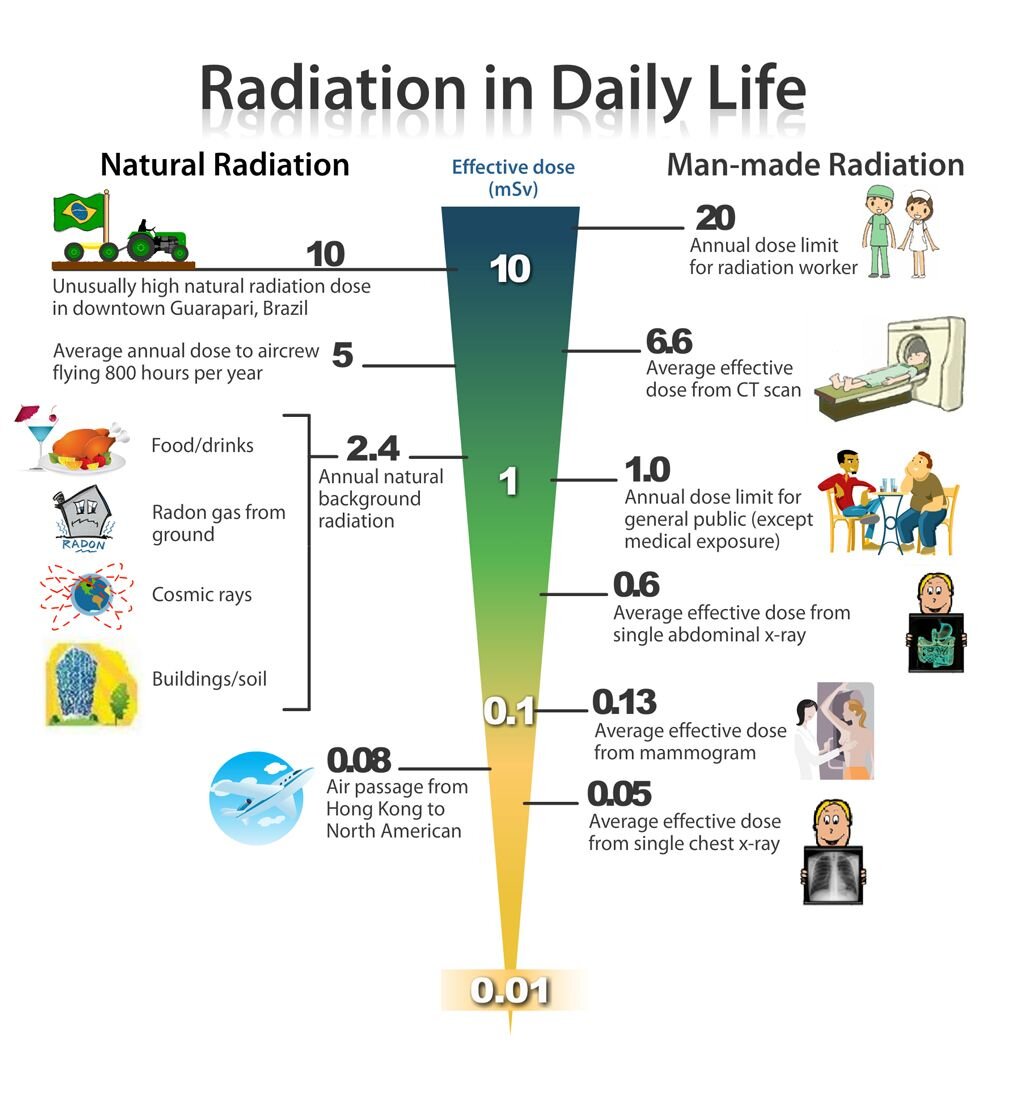Mammograms
Did you know only 55% of eligible women in QLD take up the opportunity to have breast screening? This means a huge number of QLD women are missing the opportunity to have cancers found earlier and treated less aggressively. I know there is some fear and misinformation in the community about mammograms, so I wanted to write a bit about it for my patients.
What are they?
A mammogram is an Xray of the breast. This allows a breast radiologist to view the tissue within your breasts to check for signs of cancer or other abnormalities. Usually two views are taken of each breast - top view known as CC and a side view - known as MLO.
Do they hurt?
They are uncomfortable - Your breast is compressed between plastic plates. I can honestly say for myself that it did not hurt. I’ve had pap smears, a child and my tonsils out. So this, for me, was not a major discomfort. However for many women it is very uncomfortable, and I recommended you book your mammogram for the week after your period, so your breasts are less sensitive. Definitely avoid the week before or the week of your period as they will be more swollen and don’t be afraid of a paracetamol and a soft comfy bra for that day. Also for women who have had breast implants, be reassured mammograms are safe and effective - mammographers are taught to make adjustments when placing the breast.
Do they save lives?
Yes, the American College of Radiologists reports that regular mammograms cut breast cancer deaths by nearly 40 percent, because they find cancer at an earlier stage.
We know that cancer survival is better if it is found at an earlier stage - this graph from the Australian Institute of Health and Welfare shows the excellent survival for women at stage 1 and 2 of disease. Mammograms help find these early tumours, before they become bigger and more difficult to treat.
Survival by stage at diagnosis, from the AIHW
What about the Radiation?
This is a common question I get and I completely understand that patients would worry about having repeated mammograms throughout their life. However I truly want to reassure you that the dose of radiation from a mammogram is low. It’s 1/20th of what we get in daily life in a year and it’s about the same as if I flew to the UK - which I would desperately love to do to see my wonderful friend who had a baby about a week before covid hit.
When to start?
This is a question where you’ll get a range of answers. In Australia, BreastScreen starts inviting women to undergo imaging from the age of 50, but women are welcome to attend from age 40. In the United States, they recommend mammography begins at age 40, because 1 in 6 breast cancers are diagnosed in women in their 40s.
BreastScreen Australia started its federally funded screening mammography program in 1991. In that time, it has contributed to reducing deaths from breast cancer by one third - which is remarkable.
BreastScreen is an excellent service and around half of all cancers are diagnosed in Australia by BreastScreen.
Some patients will choose to go to private radiology providers - these practices have the ability to offer excellent imaging technology that is not always available publicly. In addition, they can also offer ultrasound as an additional modality and provide your doctor with very detailed reports. Not all cancers are visible on mammogram and ultrasound is particularly useful for dense breasts - a whole other blog post!
Some of the very high quality breast imaging centres in South East Queensland my patients attend include Difw @difwbrisbane, QXR including the Mater Women’s Diagnostic Centre, TWIC The Womens Imaging Centre Southport and the WBC #wesleybreastclinic. I work at none of them, but I value the care they give my patients and the quality of the reports I receive, that inform my operations.
So please, if you’re due for a mammogram, talk to your GP, talk to me or just go ahead and book in x




